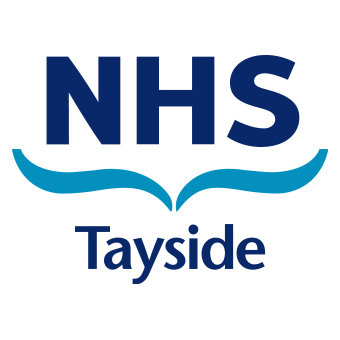Haemodynamic support of paediatric and neonatal septic shock visual pathway.
Paediatric inotropes and haemodynamic support in septic shock

- In the shocked child,early and aggressive fluid resuscitation is fundamental to reducing mortality1.
- When a volume replacement of 60ml/kg has been reached or there is evidence of volume overload (hepatomegaly, lung crepitations), circulation should be supported with inotropes and the child intubated and ventilated2.
- Ideally Inotropes should be delivered via a central line. Placement of central access in a child can be very challenging without general anaesthesia and appropriate skills.
- A number of inotropes can be delivered safely via a peripheral cannula or preferably intraosseous route as an interim measure. These should be delivered via a syringe driver.
The inotropes that can be used are:
- Adrenaline (1st line inotrope, can be commenced via peripheral access.)
- Nor Adrenaline (warm shock, fluid refractory).
The majority of children will be in cold shock on presentation. Warm shock is most often related to hospital acquired central venous line infection3.
A drug calculator can be found on the Scottish Paediatric Retrieval Service Website4
| Infusion drug | Route | Formulation | Dose | Dilution | Infusion rate |
| Adrenaline |
IV cannula IO needle central line |
1:1000 (1mg/ml) | 0.01-1mcg/ml/min | 0.3mg/kg in 50ml of 5% glucose | 1ml/hr = 0.1mcg/kg/min (range 0.1-1mcg/kg/min) |
| Nor-adrenaline |
IO central line |
1:1000 (4mg/4ml) | 0.01- 1mcg/kg/min | 0.3mg/kg in 50ml of 5% glucose | 1ml/hr = 0.1mcg/kg/min (range 0.1-1mcg/kg/min) |
1. APLS (2012). The paediatric emergency medicine resource, 5th edition.
2. NICE (2015). Meningitis (bacterial) and meningococcal septicaemia in under 16s: recognition, diagnosis and management.
3. Brierley J, Peters MJ. (2008) Distinct hemodynamic patterns of septic shock at presentation to pediatric intensive care. Pediatrics, 122: 752-759.